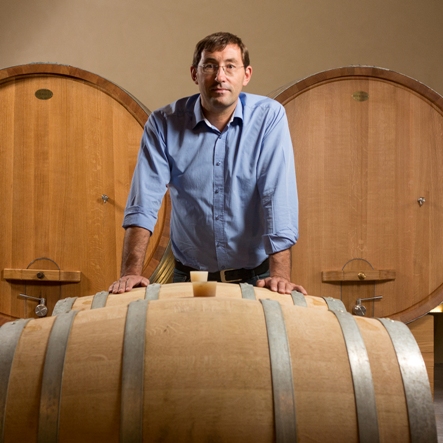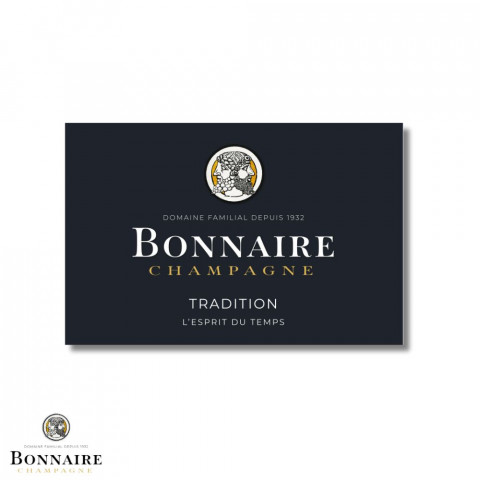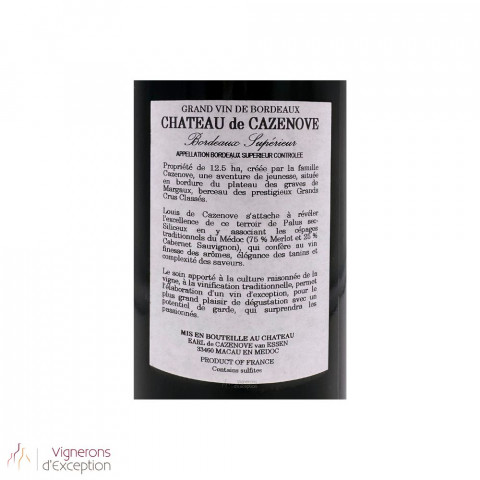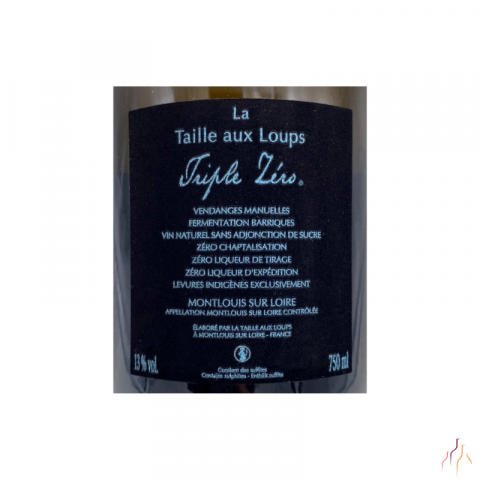€12.60 / bouteille
Home
New Product
€32.85 / bouteille
€26.50 / bouteille
Top Sellers
€30.00 / bouteille
€13.00 / bouteille
€24.00 / bouteille
Champagne Larmandier Bernier, a reference among great sommeliers
 Served by Michel Bras in Laguiole or La Tour d'Argent in Paris, Champagne LARMANDIER-BERNIER are a reference among great sommeliers.
Served by Michel Bras in Laguiole or La Tour d'Argent in Paris, Champagne LARMANDIER-BERNIER are a reference among great sommeliers.
Located in Vertus, on the prestigious Cote des Blancs, in the heart of historic Champagne, the 16 hectares vineyard is now globally renowed.
As with all great wines, the creation of a great champagne begins in the vineyard. The Larmandiers have well understood this by setting up an elite viticulture for twenty years now.
At the beginning of the 2000s, the Larmandiers decided to convert their estate to biodynamics in order to understand the vine as a whole.
The vines are cultivated with respect for the terroir (plowing to encourage deep rooting and preserve the life of the soil) with particular attention to the balances of the plant throughout the crop year. Still in order to promote microbial life and limit the asphyxiation of its soils, the estate practices a controlled grassing, a very uncommon practice in Champagne.
The grape variety is 85% Chardonnay and 15% Pinot Noir (to produce their "rose").
The grapes are harvested by hand and carried in a pneumatic press. This type of press allows a very gentle pressing of the grapes in order to extract the purest juice.
Each vintage is vinified separately. For vinification and ageing, the Larmandiers try to choose the best match between the terroir and the container; vinification in thermoregulated stainless steel vats and then rearing in barrels or casks. Alcoholic fermentation occurs naturally with the native yeasts present on grape pruin, which is a very uncommon practice in Champagne (today, 99% of the Champagnes are made from commercial yeasts, ie selected and multiplied in laboratory). No filtration at the time of bottling either.
Pierre Larmandier: "A great wine is necessarily linked to a great terroir, yeasts are an essential element of this terroir"
Robert Parker's Wine Advocate (David Schildknecht, nov 2013): The precision, refinement, and nuance achieved in these wines are exemplary. The Larmandiers believe in minimal settling of juice after pressing, and all of their wines get close to, if not longer than, one year of elevage before going to bottle for the secondary fermentation, though after that, the time until disgorgement and (six months later) release varies widely according to cuvee. Normally, each non-vintage wine includes reserve contingents from the two previous vintages.
Robert Parker's Wine Advocate (nov 2012): This is another set of exceptional wines from Pierre and Sophie Larmandier. A total commitment to biodynamic farming and minimalist winemaking informs Champagnes of notable pedigree and pure class.
Robert Parker's Wine Advocate (nov 2011): Biodynamic farming and non-interventionalist winemaking are at the heart of Pierre and Sophie Larmandier’s impeccably run domaine. These are some of the purest, most impeccable wines being made in Champagne today.
+ Voir plus
- Voir moins












